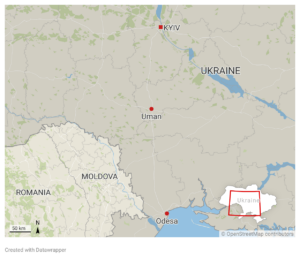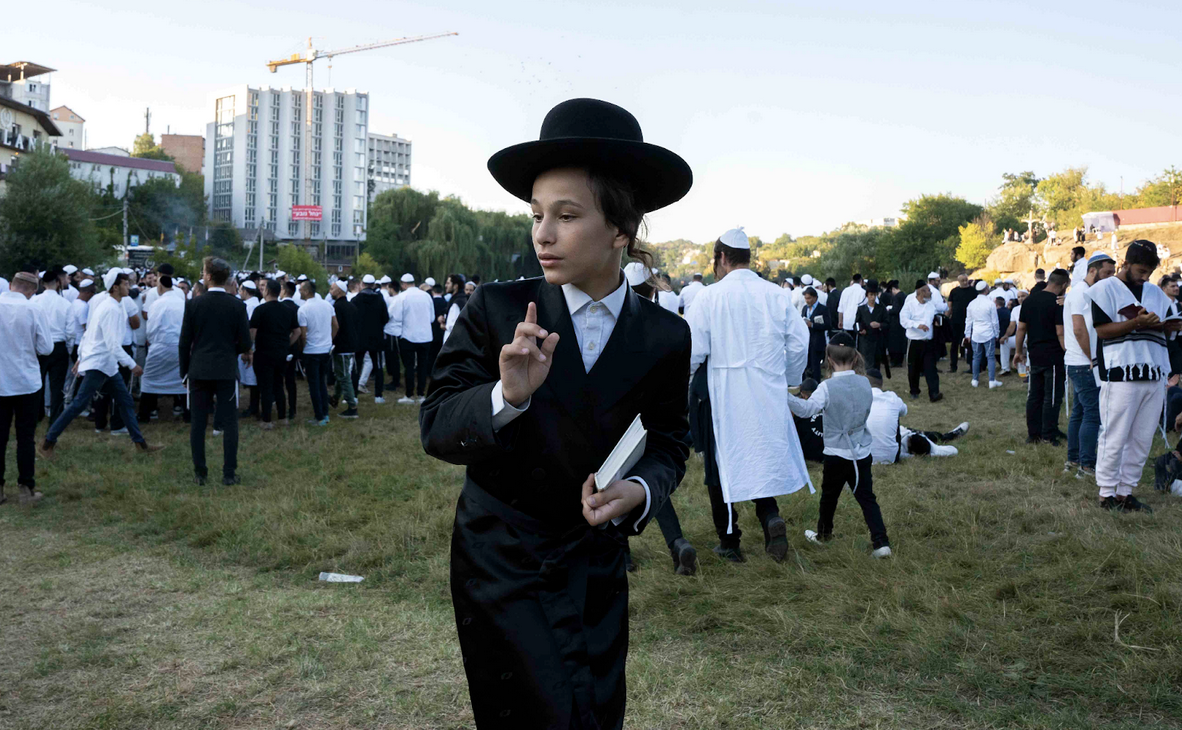This article is reserved for our subscribers
The sun sets over Uman. This town, in the Cherkasy Oblast of Ukraine, is about two hours by bus from Kyiv. On Pushkin Street, the Jewish epicentre of the city, hundreds of Jews have started singing together. Some are dancing, others are pounding their chests. Their raised arms seem to want to touch the sky.
This is the second pilgrimage to Uman since the beginning of Russia's invasion of Ukraine on 24 February 2022.
Every Rosh Hashanah, or Jewish New Year, this small town of around 90,000 inhabitants hosts the largest Jewish pilgrimage outside Israel. Over 35,000 pilgrims – most of them Orthodox Jews – are present, according to the Ukrainian interior minister.
Tens of thousands of Jews from Israel, France, the United States, and elsewhere have made the journey to pay their respects at the tomb of Rabbi Nahman of Breslev. This 18th-century Hasidic saint is celebrated for his teachings on joy, dance, and song, which he held to be central to the Jewish faith.

Since his death, his tomb has become a place of pilgrimage for his followers, known as the Breslev Hasidim, and for any Jew seeking to draw closer to God.
Eastern Europe in general, and Poland and Ukraine in particular, figure in the collective imagination of many Jews as the place where they were annihilated. Many Jews of Eastern European origin have retained a certain bitterness towards this land, which they regard as an open-air graveyard, due to the pogroms during the Cossack hetmanate (1648-1764) and the Holocaust. Today, Ukraine's Jewish community barely numbers 45,000, whereas in 1941 there were more than 2.7 million Jews living in Ukraine.
However, despite Russia's efforts to portray its war of aggression as a denazification operation, Ukraine is currently (according to the Pew Research Center) the least anti-Semitic country in Europe. Other than Israel, it is also the only nation in the world whose head of state is Jewish. Today, Ukraine is making an effort to reconnect with its Jewish past, even though this may conflict with other parts of its history, and is encouraging the restoration of Jewish heritage.












